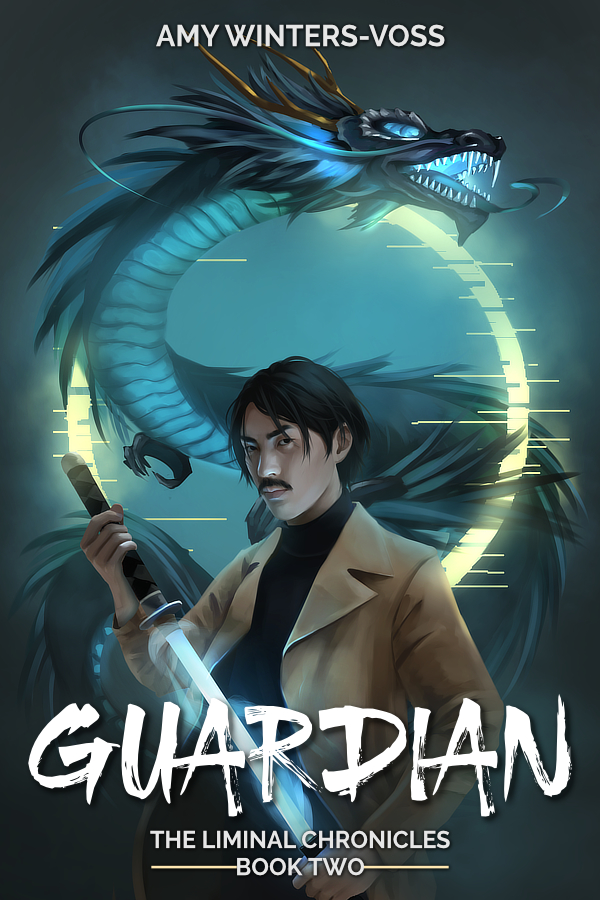Yoshida Shouin
吉田 松陰 (a.k.a. Sugi Toranosuke (杉 寅之助, birthname), Torajirou (寅次郎, common name), Kawanouchi Manji (undercover name in letters to Commodore Perry), Shouin (pen name), Nijuu Ikkai Moushi (二十一回猛士, 21 times audacious/ferocious samurai - pen name))
As things stand now the feudal lords are content to look on while the shogunate carries on in a highhanded manner. Neither the lords nor the shogun can be depended upon, and so our only hope lies in grass-roots heroes.The man known as the father of the Meiji Restoration and one of Japan's greatest teachers. He was born in Hagi in the Choushuu region of Western Japan to a samurai family. The region had been under suppression since the Battle of Sekigahara in 1600, after the Tokugawa forces defeated Toyotomi's. Tokugawa secured himself the position of Shogun and sent his men to be in positions over those in the west. This subjugation caused several issues that would be part of the cause of the Meiji Restoration. His uncle adopted him, allowing the boy to have a higher standing in society and the Yoshida family name. Both his father and uncle were avid readers and learners. From them, he gained his love of learning. Yoshida studied the history of the region, along with military tactics at the school where his uncle taught and was a prodigy. He also studied Western learning and military science. At 17 he was considered an expert in the school's teachings and became a teacher in his own right as well as a samurai. In 1851 Yoshida Shoin traveled after having been granted verbal but not written permission to travel. After returning, his samurai status was stripped. But he was allowed to travel and study. Yoshida witnessed Commodore Perry's first arrival to Japan, and felt the western armaments were superior. So he tried several times to leave the country to study, despite knowing this was illegal and would be risking his life to do so. He missed the Russian boat that left Nagasaki. When Commodore Perry returned in 1853, Yoshida and his friend, Kaneko, snuck aboard the ship and requested passage to the west so they could study. Perry, just having made a treaty, had to refuse and sent the men ashore. Being honorable men, they turned themselves in. Though Perry requested leniency for them, and his men verified they were still alive. While imprisoned in Edo, Yoshida and Kaneko studied everything they could get their hands on. People brought them poetry and texts. Yoshida, taught to any who would listen--including the prison guards. in 1854 the pair were transferred back to Hagi and put in separate prisons. Not long after this Kaneko became ill and died. In 1856, Yoshida was transferred from prison to house arrest and he started teaching at the school on the grounds, Shoka Sonjuku. He was a dedicated teacher and studied alongside his students--treating them as friends, rather than from a position above them. They studied what they wanted and Yoshida taught at anytime at least one student showed up. Often study sessions would go late into the night and the next day Yoshida and his students would find themselves dozing off during the day class. Yoshida taught that learning by itself was useless, that it had to be put into action. He also felt that the Shogunate had lost its usefulness by bypassing the emperor, especially in its weak treaties with the west. He supported the idea of expelling the western barbarians and restoring power to the emperor, at least in part because he feared Japan would end up as a colony. With his views becoming more and more radical, he became a political dissident. In 1858 the Ansei purge began, as the Shogunate eliminated those who opposed it and the unequal treaties they kept making with Western countries. That year, Yoshida arranged an assassination for Cheif Minister Ii's messenger. It failed, and Yoshida was imprisoned and in 1859, sent back to Edo to be sentenced. His original sentence was exile. But Cheif Minister Ii, changed it to death. Yoshida wrote that he hoped his death would be the spark that ignited the people. At the age of 29, he was executed. His followers and those who would fight on the rebels' side would carry strips of paper with copies of his words into battle. He was indeed a spark for the war that came 9 years later. Many of Yoshida's students became prominent figures in the Meiji government.
To consider oneself different from ordinary men is wrong, but it is right to hope that one will not remain like ordinary men.* Yoshida Shoin is a real historical figure in Japanese history. His character in the story is based on his experiences and his letters. See references in the Notes section.
Relationships
Work in Progress
This article will be expanded in the future.
Stub
This article will be expanded in the future.
Definition
This article stub serves as a simple definition.

Species
Life
1830
1859
Circumstances of Death
Part of the Ansei Purge. Execution by beheading, after his sentence was changed by Chief Minister Ii from exile to death.
Spouses
Siblings
Children



















Comments